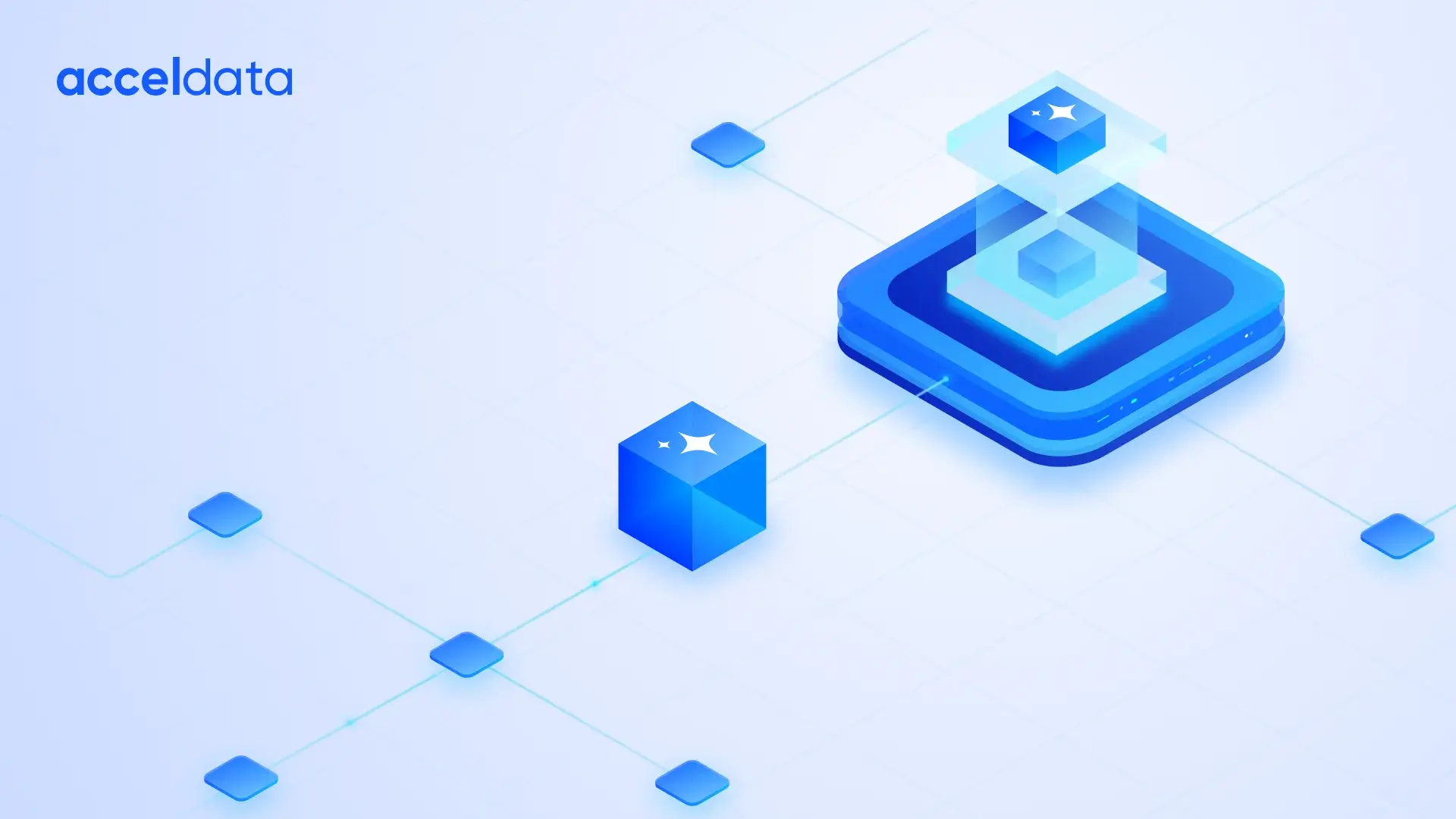There is increased pressure on data engineering teams to produce more consumable datasets and analytics to fuel development and efficacy of new data products. At the root of the solution is how they prioritize and emphasize data reliability in their data environments.
With data engineers in short supply and data teams often having large backlogs of projects, data- and SQL-savvy talent in the analytics community has turned to self-service creation of the datasets they require for new analytics. Thus, the rise of what dbt labs calls the “analytics engineer.”
Getting data ready for analytics requires a collaborative process, and includes:
- Data engineers who often “own” the data and create the top-level data pipelines that feed data into a cloud data warehouses (the “EL” and first level of “T” of the ELT process)
- Analysts or data scientists who put on their analytics engineering hats and take the first level of transformed data and shape it to specific needs (the final round of “T” before analysis).
Such a collaborative process speeds the delivery of new analytics and lets data engineering teams focus on the critical data pipelines that feed new data products. This is especially critical when business teams have new analytics questions or business conditions change. In both cases, data teams need to take a a fresh look at the data.
Where’s the Data Reliability?
Within this process, one area that’s often overlooked is data reliability and data quality. Data engineers know all too well the importance of data reliability and it is highly likely their team has a data reliability process in place.
But what about the analytics engineers? Writing SQL for data transformations and modeling is more complex than queries that simply access and filter data. In the self service model the analyst or analytics engineer might be limited and not have the following:
- Strong skills in writing the sophisticated SQL to transform, blend, and model data potentially leading to erroneous code,
- Knowledge of how the data is structured, how the pipelines run, or potential holes in the data,
- An understanding of the timing and freshness aspects of the data and know when to run their personal pipelines,
- A grasp on the major concepts of data reliability or know how to apply data reliability policies.
Automation to the Rescue
In a recent blog post, we explored how key data reliability capabilities in the Acceldata Data Observability Cloud platform allow data teams to scale out their data engineering programs. This is done via automation, efficiency, and incident management. It eliminates the manual and costly approach of continuously expanding the data engineering teams.
In a self-service data environment, data engineering teams can be virtually expanded by giving the newly crowned analytics engineers the tools and capabilities to manage data reliability on their own. This allows the data engineering team to focus on high impact projects and data analysts to do more work on their own without adding to project backlogs.
A number of key automation features allow data analysts to operate in a self-service manner for data reliability by providing:
- Extensive data profiling so data analysts have a comprehensive view of what is inside the data asset,
- Artificial intelligence that looks for ways the data can be checked for quality and reliability, makes recommendations on what rules/policies to use, and automates the process of putting the policies in place and running them,
- More advanced data reliability policies such as schema-drift, data-drift, and data reconcilliation that also are automated,
- No- and low-code tools that make it easy for data analysts to put in place their own data reliability rules, and
- Templated data reliability rules created by data engineers with more sophisticated logic that allows data analysts to apply custom rules in a single click.
With this automation, not only can data analysts be self-service, but data engineering teams can be confident that the data reliability infrastructure is properly operating.
Monitoring Compute and Spend
As mentioned above, SQL for data transformation and modeling is more complex than your average data access query. There can be a sequence of JOINs, filters, aggregations, sorts, value-added columns, and data enrichment. The result is a complex pipeline of linked SQL-based data assets (views or materialized views).
In these cases, it is common for the SQL to have mistakes or not be optimized regardless of whether a data engineer or data analyst writes the code. This is why it is important that your data observability tool be able to monitor what queries and data pipelines are running and how they are running. This allows the team to recognize what queries need to be better optimized and how to optimize them.
Acceldata provides insights for both data operational intelligence and cost optimization that helps you:
- Maintain a constant, comprehensive view of workloads and swiftly locate the origin of performance issues in your cloud data platform to prevent data platform outages,
- Use recommendations for optimizing resource allocation, performance tuning, and data organization based on past usage patterns and established best practices,
- Have always-on monitoring and performance analytics helps adhere to configuration and governance best practices,
- Continuously identify and address storage and compute inefficiencies related to cost, performance, and security, and
- Track the impact of performance issues relative to costs to help manage the overall spend of your data platform.
Data engineers can constantly monitor the performance and operations of self-service data transformation and modeling SQL queries within data pipelines to ensure they are optimized.
Embrace Self-Service to Scale Your Teams
Automation and operational intelligence features in data observability platforms such as Acceldata facilitate scaling your data reliability efforts by embracing more virtual team members with self-service. It also provides the key guardrails and optimization facilities for smooth operations that the data engineering teams require.
Learn more about the three key solutions for Acceldata’s Data Observability platform - cost optimization, data reliability, and performance management - and how they can help you expand your data reliability in our self-service data world.
Photo by Christophe Dion on Unsplash














.webp)
.webp)


